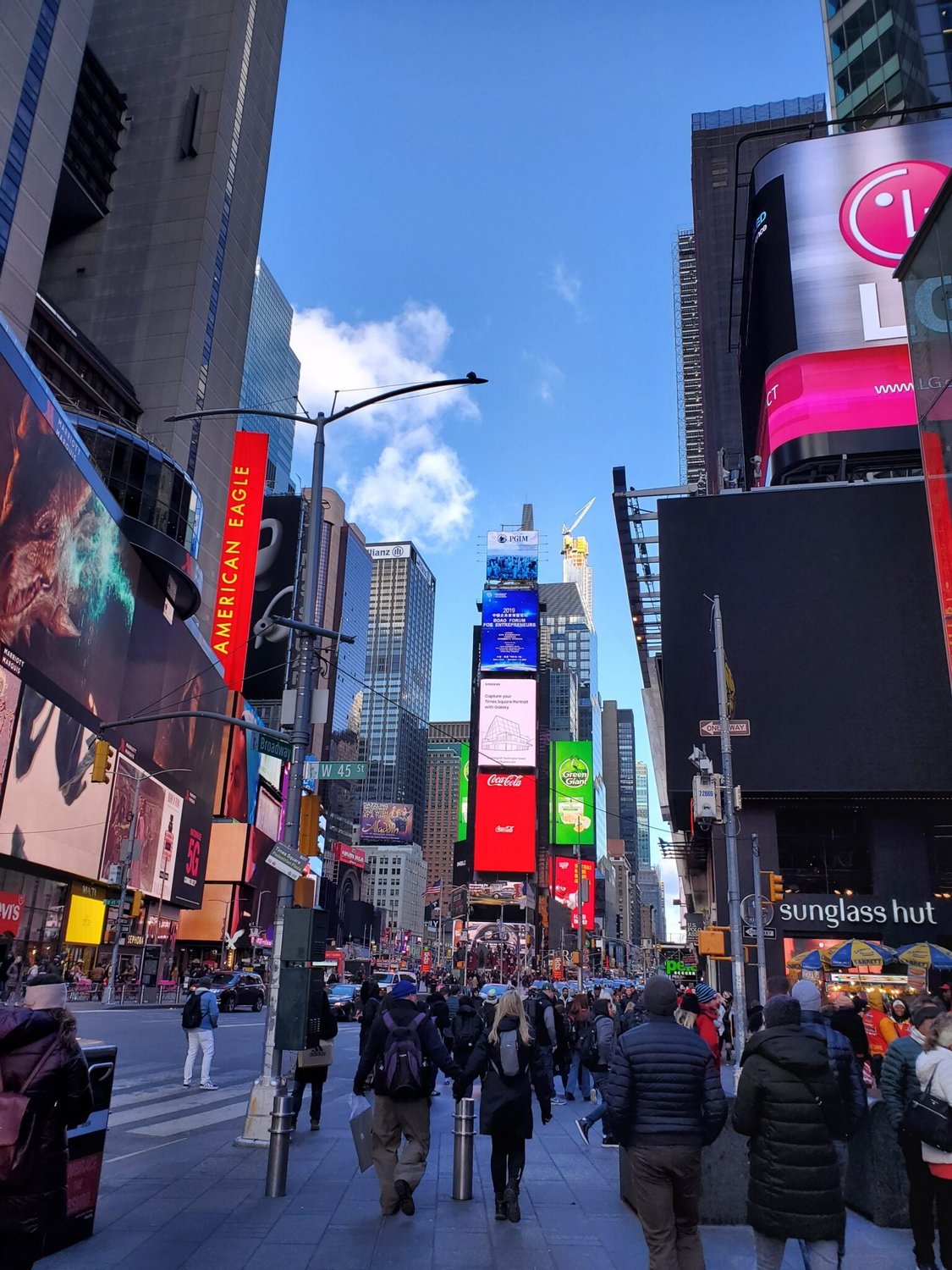The Army is Considering Using New York City to Teach Urban Operations

A UH-60 Blackhawk flies over lower Manhattan. US Army photo.
Urban warfare has always been a challenge on the battlefield. From Stalingrad to Fallujah, fighting in close quarters can be an equalizer that negates technological advantages and results in high casualties. In the 21st century, the potential risks of fighting in a dense urban environment are magnified increases in population density. The New York Army National Guard aims to use New York City as a classroom to teach operations in such an environment.

In early November 2021, 18 officers and senior NCOs of the NYNG completed a five-day class in the Big Apple that explored the challenges of military operations in large cities. The soldiers worked alongside civilian fire officials, transit staff, and emergency managers to develop an understanding of the specific challenges that a city like New York presents. “This class was critical in terms of bridging a knowledge gap between military operations and working with our civilian counterparts,” said Lt. Col. Jason Secrest, commander of the 2nd Squadron, 101st Cavalry Regiment, to the New York National Guard. “The course was helpful for whether we’re involved in large-scale combat operations or if tasked with stability operations, like humanitarian assistance disaster relief at home.”
During the class, leaders had to account for the complexities of a crowded airspace, skyscrapers, narrow streets, dense populations and even the city’s subway system. These unique factors present challenges to already complex military operations like troop movement, communication and logistical trains.

The class was led by Lt. Col. Brian Higgins, a New York City Police Department detective. Lt. Col. Higgins also spent two and a half years on active duty as the officer-in-charge of the Dense Urban Terrain Detachment of the Army’s Asymmetric Warfare Group at Fort Meade, Maryland. There, he used his experience as a cop in New York to help the Army develop its megacity doctrine. “The problem has to do with globalization trends,” Lt. Col. Higgins told the New York National Guard. “The world is becoming more populated. The majority of people are living in cities for a variety of reasons.”
In the past, the Army’s approach to large cities has often been to bypass and isolate them to avoid getting bogged down in urban fighting. However, this approach is not feasible with today’s megacities boasting populations in excess of 10 million.

New York is not new to hosting military training. The New York National Guard regularly trains with the city’s police and fire departments to build and maintain interoperability for civil support operations. Additionally, Task Force 46, a National Guard team that specializes in reacting to chemical, biological, radiological, and nuclear attacks trained there in August. Lt. Col. Dan Colomb, commander of the 24th Weapons of Mass Destruction Civil Support Team (CST) out of Fort Hamilton in Brooklyn, volunteered to participate in the course. “Every day we work in New York City and the metro area,” Lt. Col. Colomb said to the New York National Guard. “We’re those sensors that are out in the environment and these streets every day, so I’d like to take some of these methodologies, apply them and see if they work better.”
The November class focused on helping National Guard leaders to understand the complexities of megacities and the planning considerations that have to be taken into account for military operations. To accomplish this, participants walked the narrow and irregular streets of lower Manhattan, explored the grid layout streets of Harlem, and visited the city’s famous subway system. The class focused on applying the “Five Is” of city fighting to New York: infrastructure, interoperability, information operations, interagency, intensity.

Lt. Col. Higgins and the NYNG hope to develop a two-week Dense Urban Leaders Operations Course from their five-day class. DULOC would bring Army leaders from across the service to New York to experience the challenges of dense urban operations first-hand. Until then, Higgins noted that the five-day class was a good start.
This article was originally published on We Are The Mighty. Follow @WeAreTheMighty on Twitter.
Read Next: ‘Shikaka Flies’ – Air Force Video Reveals Top Secret ‘Great White Bat’

Coffee or Die is Black Rifle Coffee Company’s online lifestyle magazine. Launched in June 2018, the magazine covers a variety of topics that generally focus on the people, places, or things that are interesting, entertaining, or informative to America’s coffee drinkers — often going to dangerous or austere locations to report those stories.
BRCC and Bad Moon Print Press team up for an exclusive, limited-edition T-shirt design!
BRCC partners with Team Room Design for an exclusive T-shirt release!
Thirty Seconds Out has partnered with BRCC for an exclusive shirt design invoking the God of Winter.
Lucas O'Hara of Grizzly Forge has teamed up with BRCC for a badass, exclusive Shirt Club T-shirt design featuring his most popular knife and tiomahawk.
Coffee or Die sits down with one of the graphic designers behind Black Rifle Coffee's signature look and vibe.
Biden will award the Medal of Honor to a Vietnam War Army helicopter pilot who risked his life to save a reconnaissance team from almost certain death.
Ever wonder how much Jack Mandaville would f*ck sh*t up if he went back in time? The American Revolution didn't even see him coming.
A nearly 200-year-old West Point time capsule that at first appeared to yield little more than dust contains hidden treasure, the US Military Academy said.












